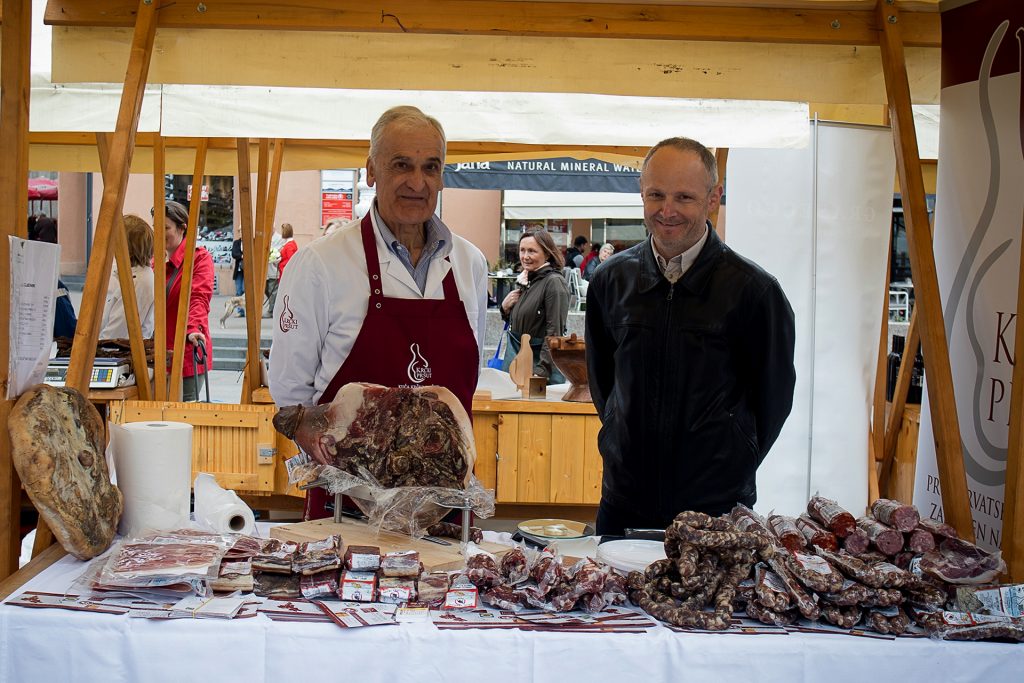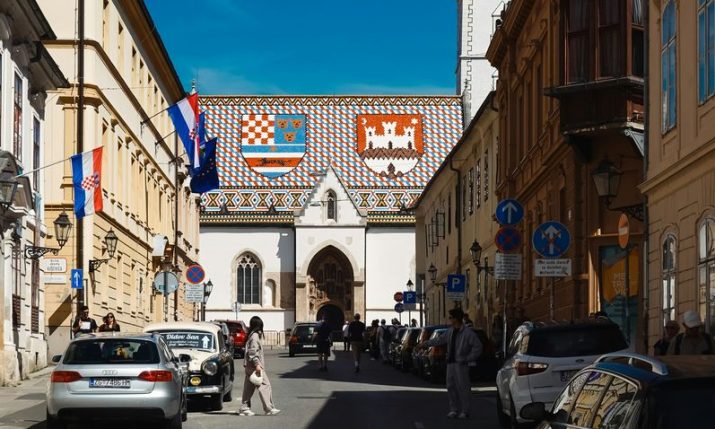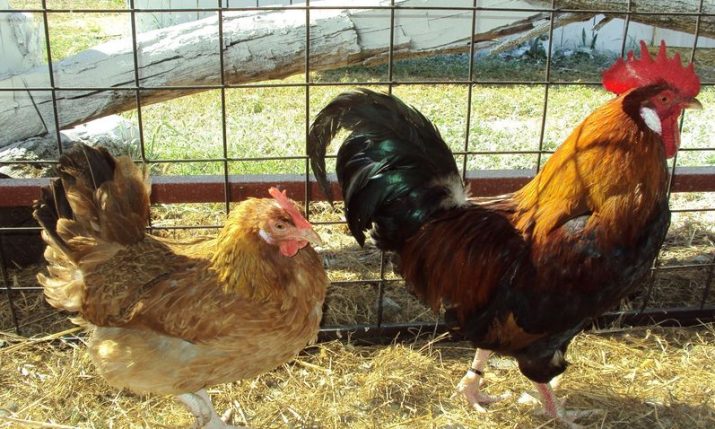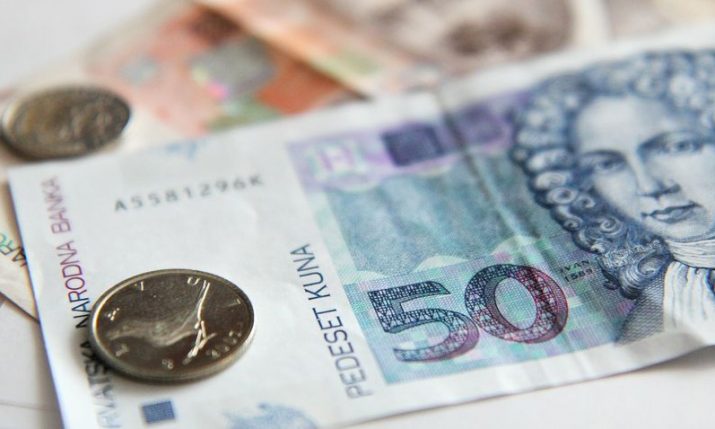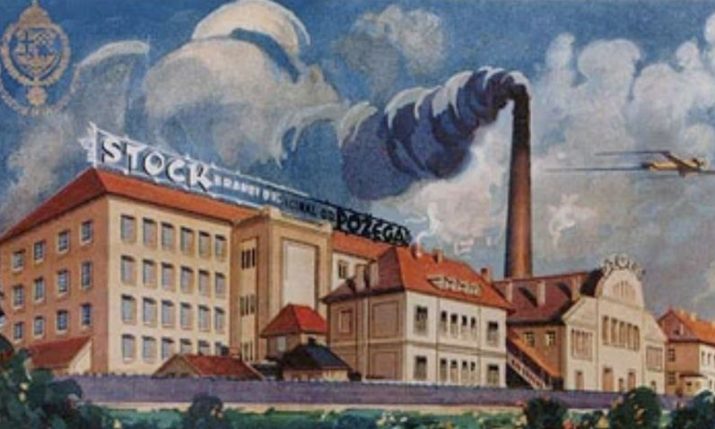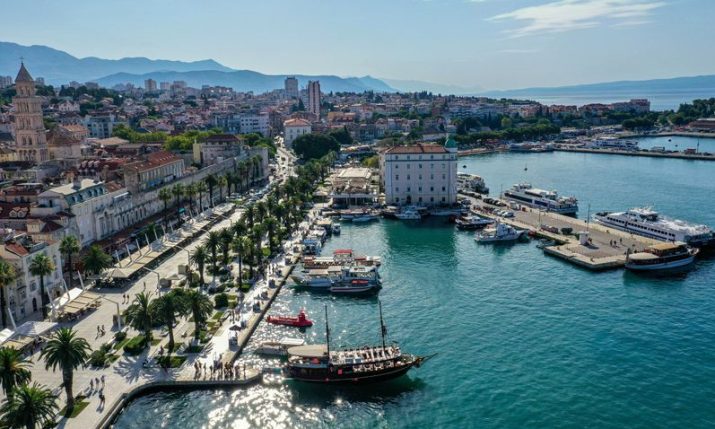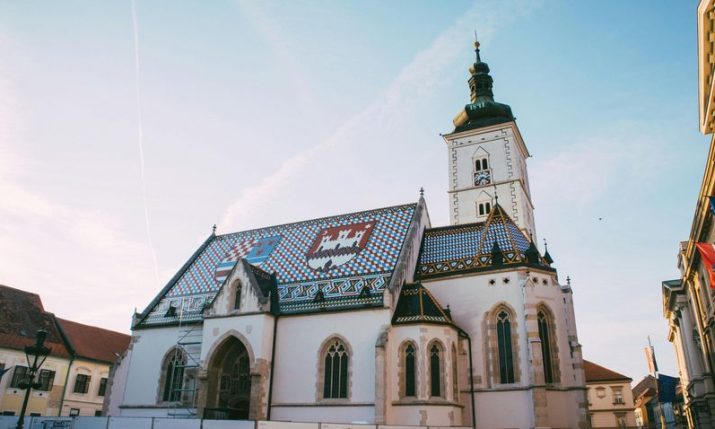How to now recognise top quality Croatian pršut?
- by croatiaweek
- in News
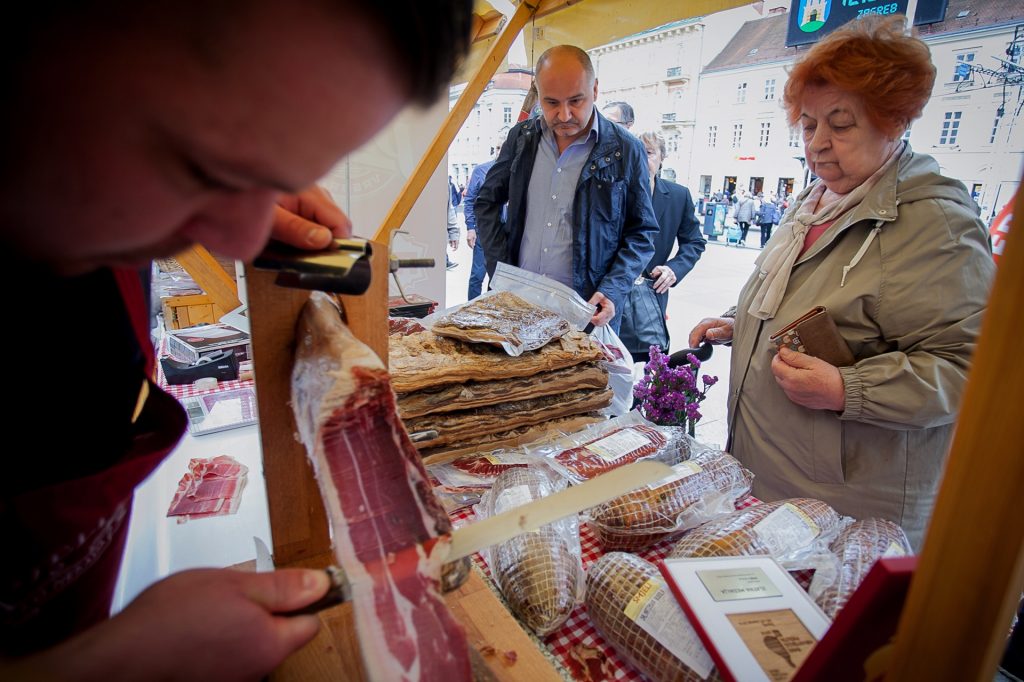
Only pršuts that have the European Union label can bear the name of Krk, Istrian, Drniš and Dalmatian pršut.
Zagreb, 8 May 2019 – Pršut is one of the best quality meat products, and Croatia, with its excellent traits, can compete with the best in the world. But how do you make protected Croatian pršut distinguishably to buyers? Conclusions from the recently held Days of Croatian Pršut revealed that consumers are poorly acquainted with protected pršut labels.
Of the four protected Croatian pršuts, Krk, Dalmatian and Drniš pršut have a geographical origin label, while Istrian pršut has been awarded the authenticity label, meaning that the ham has come from Istria or a dozen other Croatian counties.
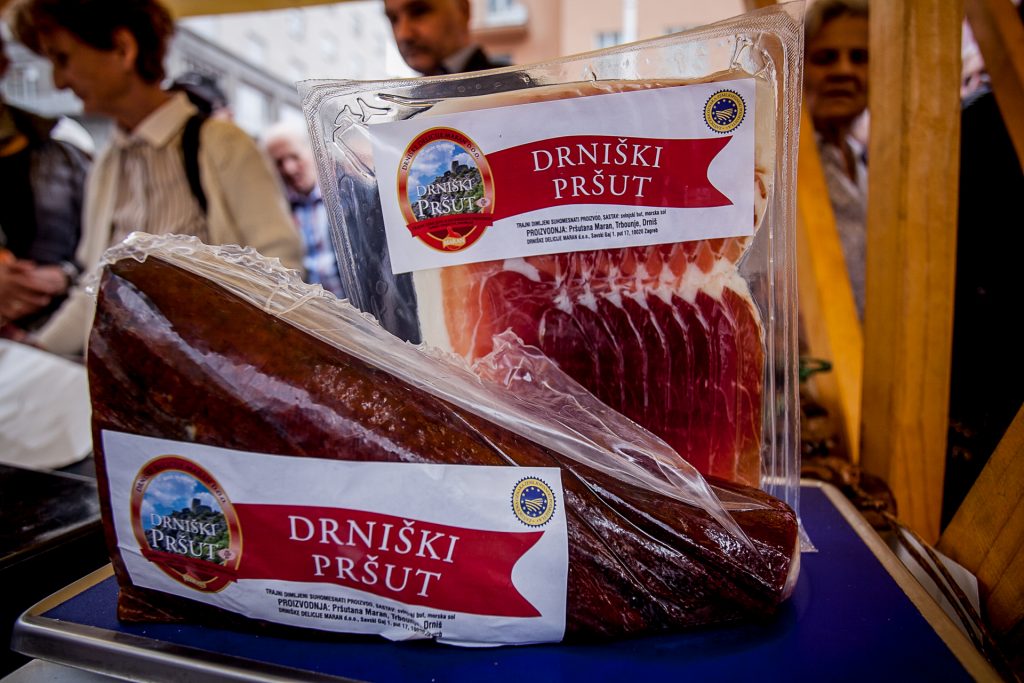
The yellow and blue small round quality label of the European Union is uniformed for all protected pršuts, whilst on the pršuts from Krk and Drniš, along with the EU label, there is a stylised pršut label. On the Istrian pršut there is a stylised pršut resembling a violin and on the Dalmatian pršut three lions.
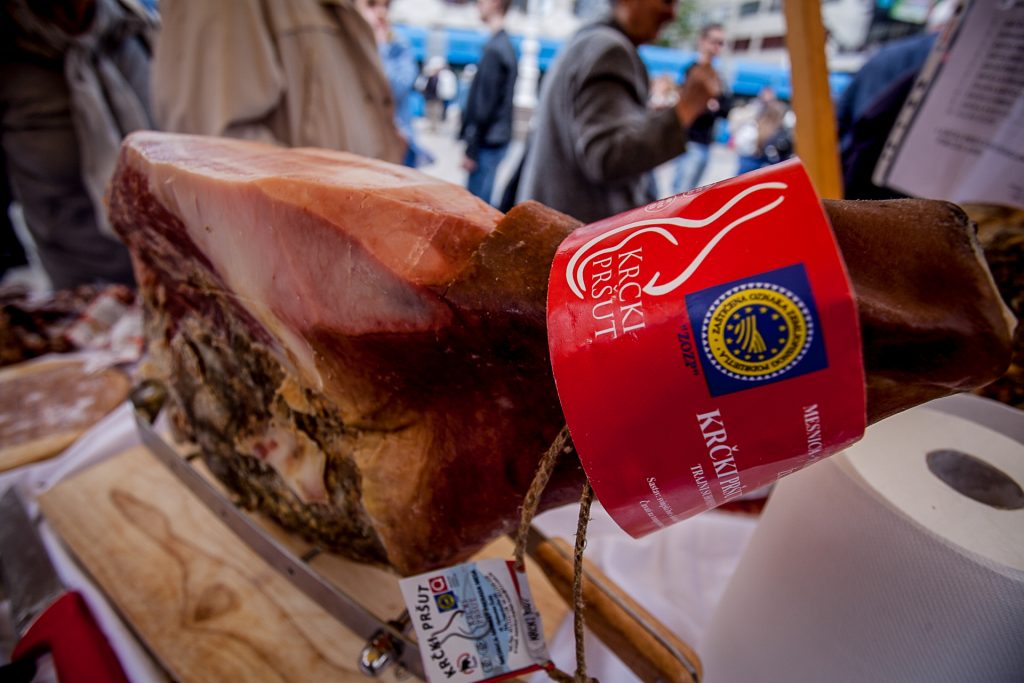
Only pršuts which carry these labels can be called Krk, Istrian, Drniš and Dalmatian pršuts which are produced according to a strictly specified protocol.
Pršut from Krk was the first to receive geographical protection at EU level and was the first Croatian indigenous product with a protected label in Europe.
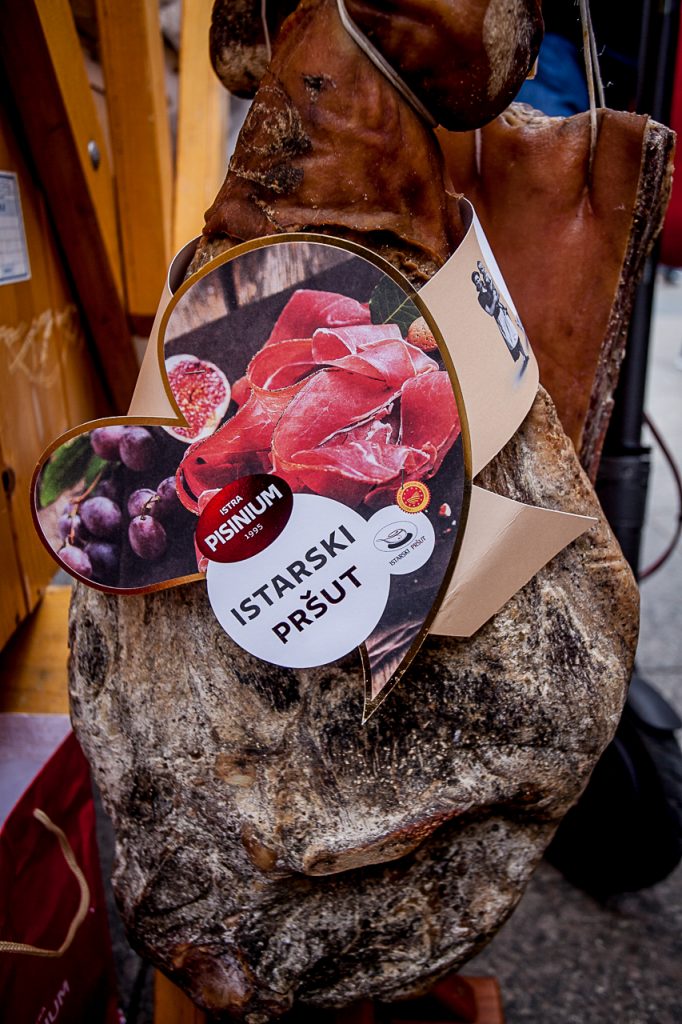
One of the most most deserving for this success, pršut producer Vjekoslav Žužić says that customers may be better acquainted with Istrian and Dalmatian pršut but are pleasantly surprised when they try Krk pršut.
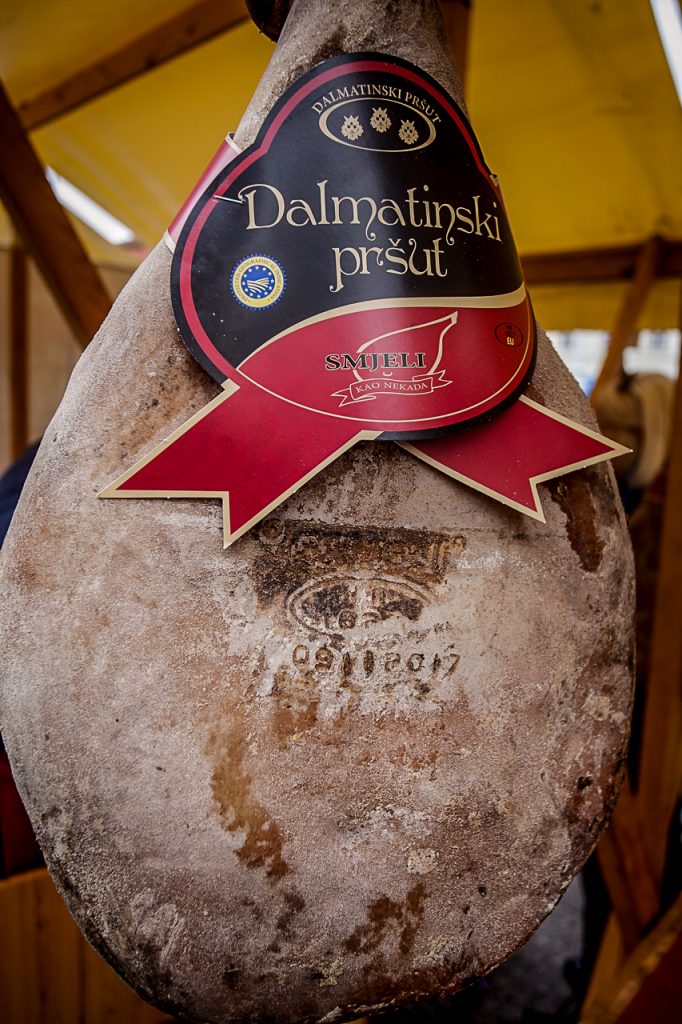
“Customers believe that pršut is too expensive because they are not familiar enough with the labels which mean the product is protected. The introduction of the labels did not help producers as expected. That is why we all have to work harder – from producers to the ministries of agriculture and tourism,” said Žužić.
“As much as we thought consumers know about the labels, we only realised at the Days of Croatian Pršut how much they do not know. We have to educate customers how hard it is to get such a label and to understand why there is a difference in price. In addition, there is a significant difference between the pigs, the production process, the ripening and the drying,” said Hana Hreljak, director of Istrian pršut producer Pisinium.
Labels protect the buyers and producers from the grey market
“We can best educate customers about the labels at various events. For example, in Zagreb you can see that citizens are better acquainted with the protection system than in Dalmatia. They shop well in Zagreb, and in Dalmatia they taste more. But it can generally be concluded that customers do not know about the protection lables, but they decide whether the pršut is worthy or not”, said Vlado Prančić, owner of Smjeli Pršut from Dugopolje.
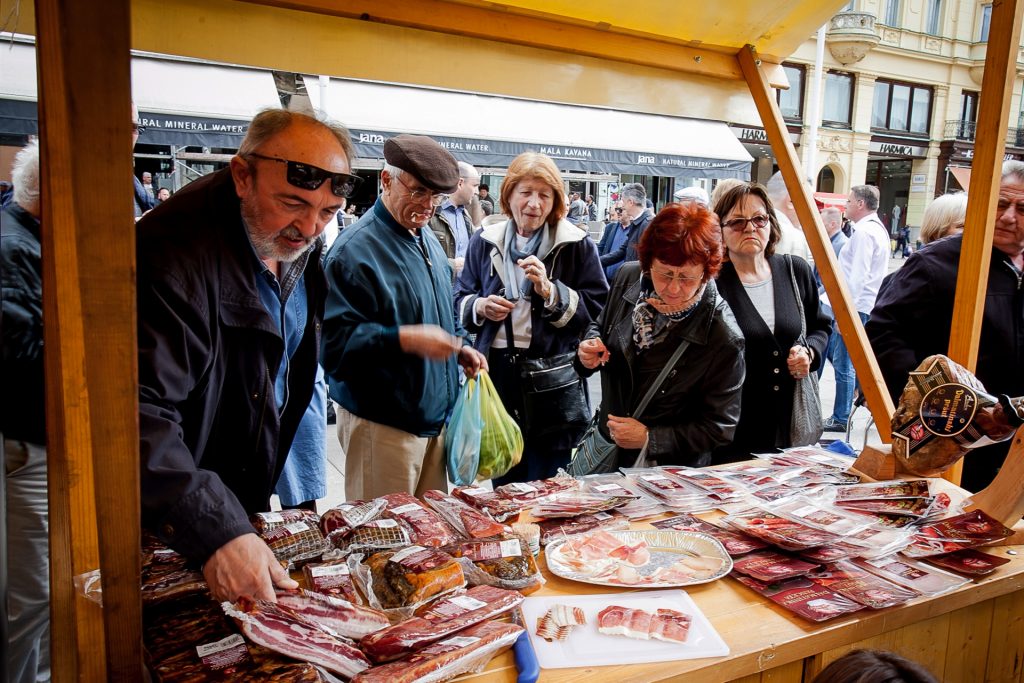
The labels also have a function of protecting products from the grey market. The labels tell the customer that the product is a protected Croatian pršut and violation of regulations is subject to severe penalties, says Patricija Hegedušić, Head of the label services at the Ministry of Agriculture, adding that labels are only a tool for better tomorrow. This is echoed by the president of the Croatian Pršut Cluster Darko Markotić.
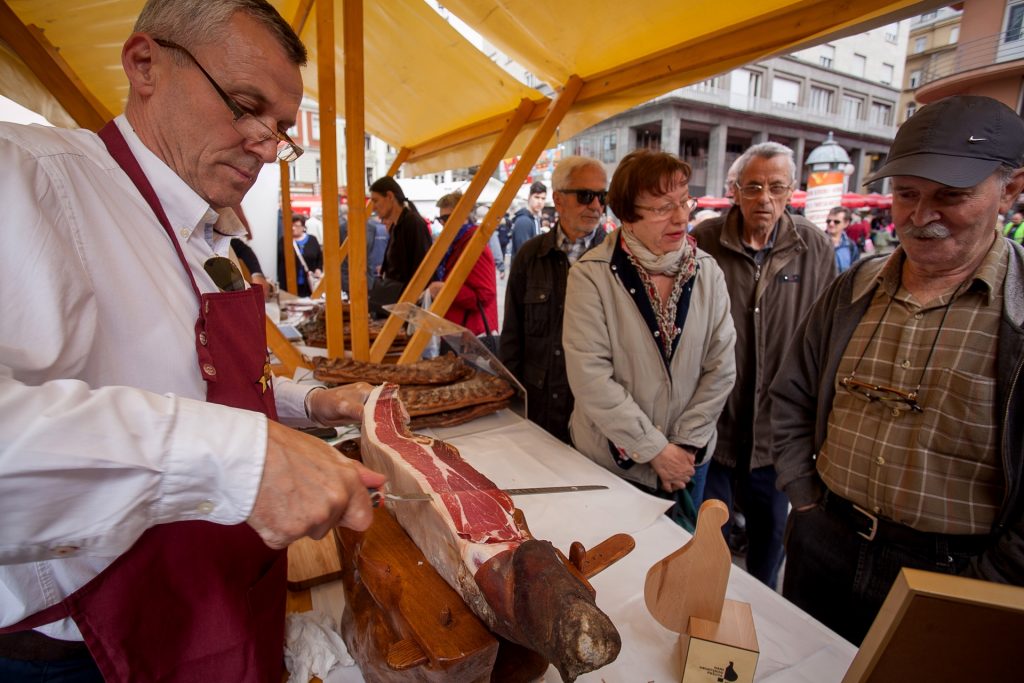
“The label alone will not make the price higher, for that branding is required, for example how the Italians have branded their prosciutto by investing a lot of money.”
